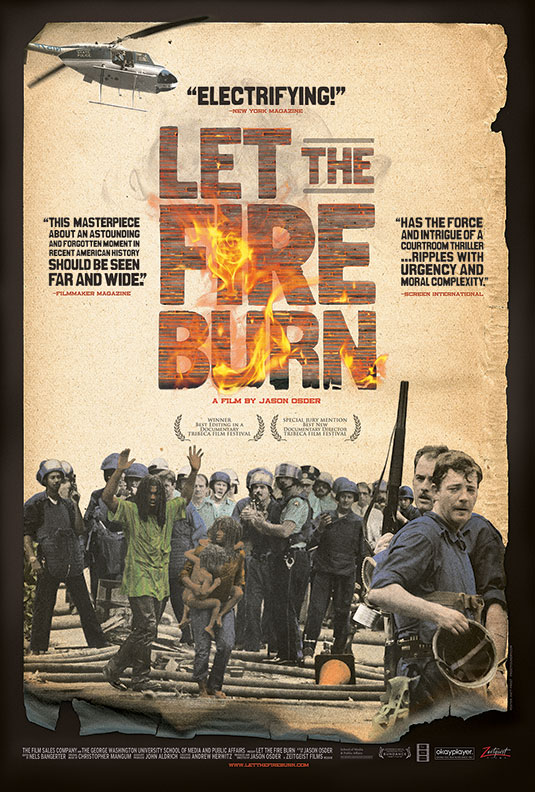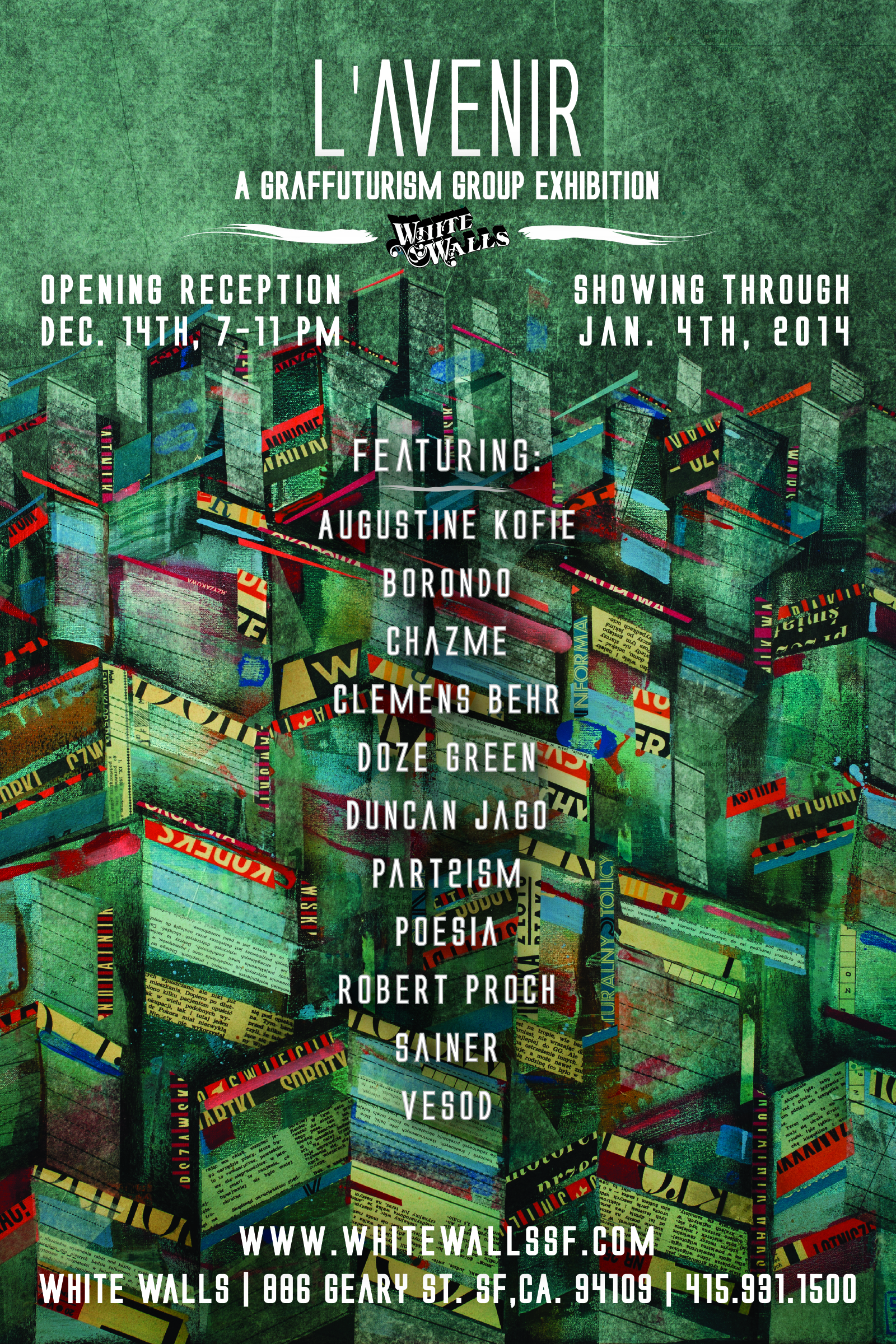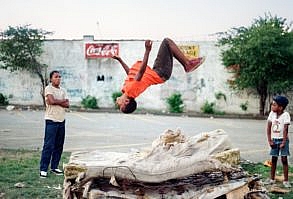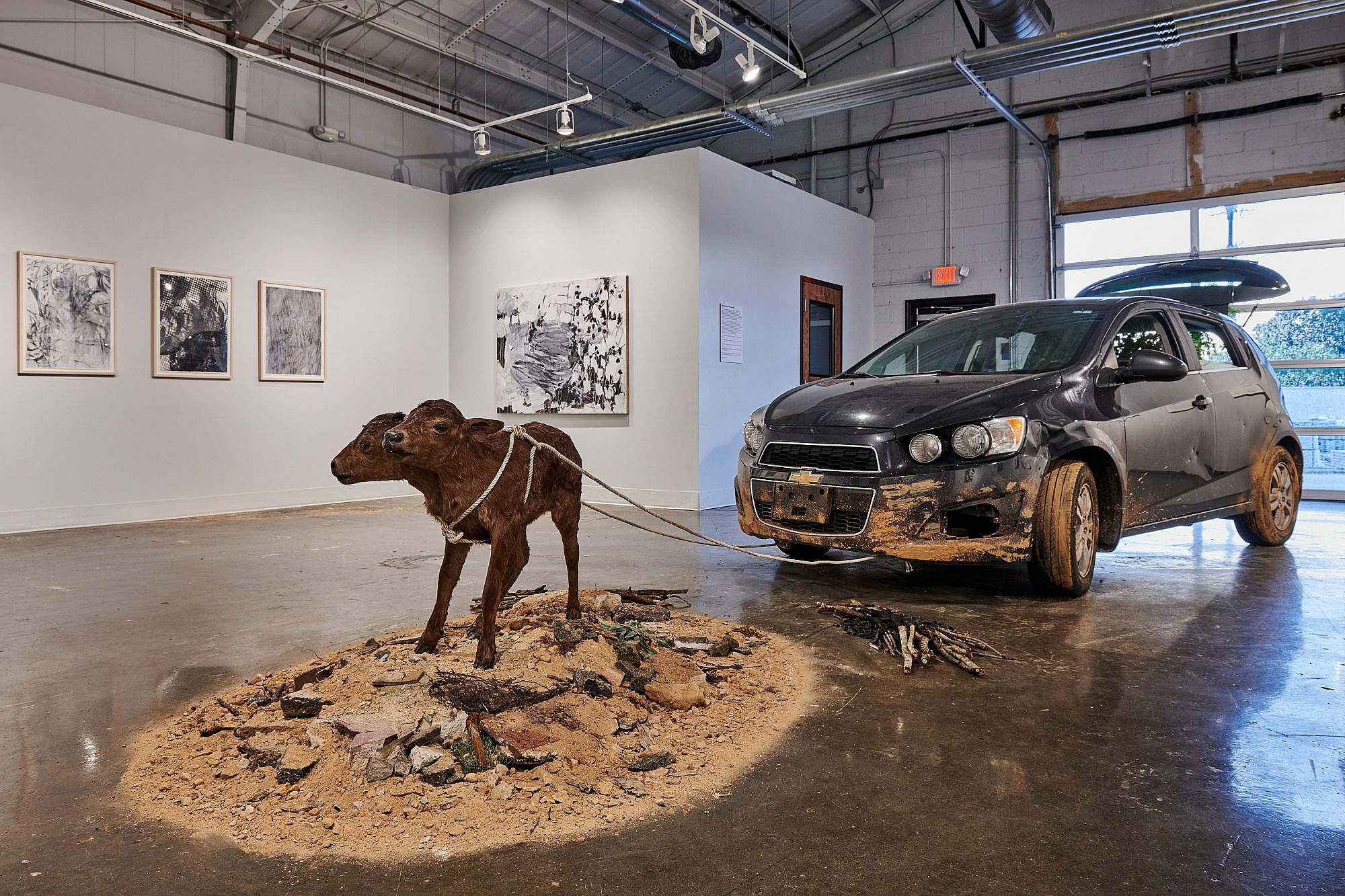
An interview with John Felix Arnold about his latest solo exhibition Time as a Sanctuary at Anchorlight Gallery.
Interview by Olivia Huntley
John Felix Arnold’s solo exhibition, Time as a Sanctuary, investigates concepts such as death, belonging, place, memory, & time. The exhibition hosts a wide range of media, including abstract painting, graphite drawings, video, & sculptural installation. With aesthetic nods to artists like Jasper Johns, Robert Rauschenberg, Cy Twombly, & David Hammons, Arnold has created an environment born out of deep personal reflection, using iconographic & fantastical reference throughout. The immersive quality of the exhibition paired with the greater implication of Arnold’s reflections results in a thoughtful & poignant collection of work presented at The Anchorlight Gallery in Raleigh, NC.
Arnold and I recently had a chance to talk about the exhibition:
OH: How did being back in the environmental (and spiritual) space of North Carolina impact the work in Time as a Sanctuary?
JFA: Over the last three years my mom’s Alzheimer’s ramped up. I visited frequently. I found an amazing sense of community and spirit in Durham, where I’m from. I became more aware and in touch with painful and positive aspects of Durham’s past as well as it’s present. Just before the pandemic, while in residence at Duke, I went through a cataclysmic shift in processing my mom’s disease. Suddenly foundational ideas of home ceased to exist. Therein through emptiness and an utter chasm of fear, I found a certain connection to an idea of home which transcends geography and physical attachment. A new relationship with Durham formed, which coincides with and complements the old. This show was made over the course of two and half years, and couldn’t have come to be had I not revisited NC as often as I did.
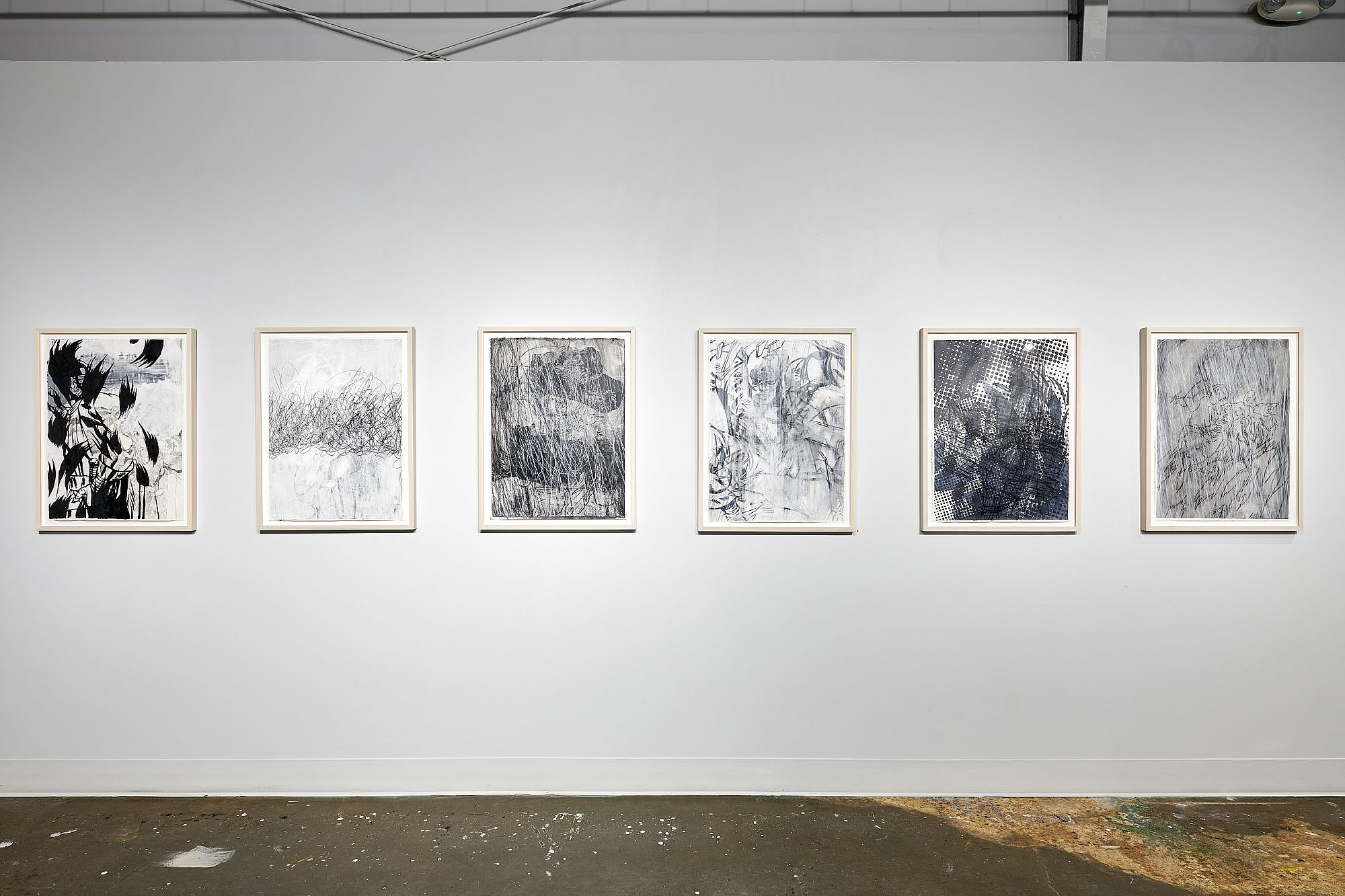
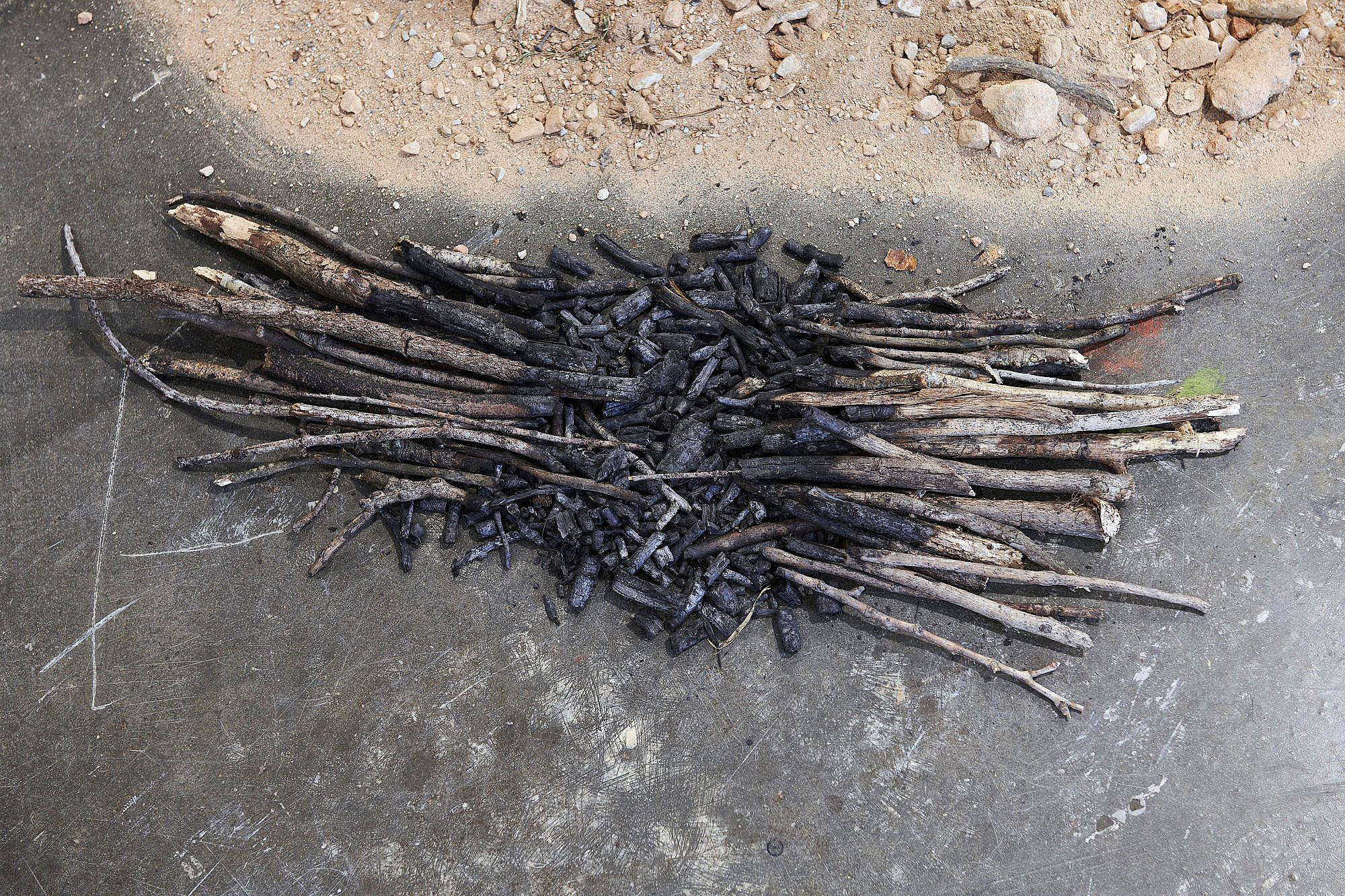
OH: You speak about how this show has challenged your ideas regarding the concept of armor. What have you deconstructed through the concept through this work?
JFA: James Baldwin has this great quote, “One of the things that afflicts this country is that white people do not know who they are or where they come from. That’s why you think I’m a problem, but I’m not the problem your history is. If you don’t know your history you’re going to be the prisoner of it.”
While I was home in 2018 with my mom, I re-discovered figures of knights, G.I.Joes, books of Arthurian Legends, etc. Things that had given childhood-me security during the action figure craze of the 80s. Suddenly at 38-years-old I was drawing and contemplating them, while reading James Baldwin and later John Berger. I now saw mostly white male figures, inherently hetero, weaponized, encased in some form of armor which separated them from the world. I realized it all connects to the western knight in shining armor mythos which so much of the cultural identity of whiteness is propped up on. There was no room for other perspectives here, just a simplified view of good and evil. The pervasive singularity of this narrative made me want to know more about how it came to be.
Basically in the history of Roman expansion, then Medieval Europe into colonialism, armor was a sign of patriarchal militarization, class, lineage, power, of ‘God’s righteous crusade’. Stemming from it is a distortion of ego, an othering, creating a synthetic sense of invincibility and a rationalization of purpose. The symbol and idea of armor in the west has created an ability to exist in denial, to romanticize an ideal while practicing its opposite. It creates a spiritual limitation, an inability to exist beyond its perceived barrier of ‘protection’, while allowing the wearer to inflict their harmful will on others righteously. I see this as the manifestation of a sort of psychic sickness, creating a perception of scarcity and separation both in its wearer and those who suffer them. One that is used to seek wholeness outwardly rather than inwardly. Armor was always a centerpiece of the patriarchy’s identity, a sign of pedigree and status where it, to quote Courtney Napier, “distorts the wearer’s connection to his own humanity, transforming him into another being altogether and plunging him into a double consciousness.”
I still have nostalgia and attachment to these stories, but I can understand their history, which is my history, which gives me an ability to try to change that narrative in what I put forward. I’m working on an essay about this which goes a lot deeper. Connections to this idea are pretty much the root of this entire exhibition. Tangential explorations of this idea, including the processing of aspects of my own psyche, can be seen in realistic pencil drawings on paper, to deconstructed abstractions on paper and wood-panel, and more.
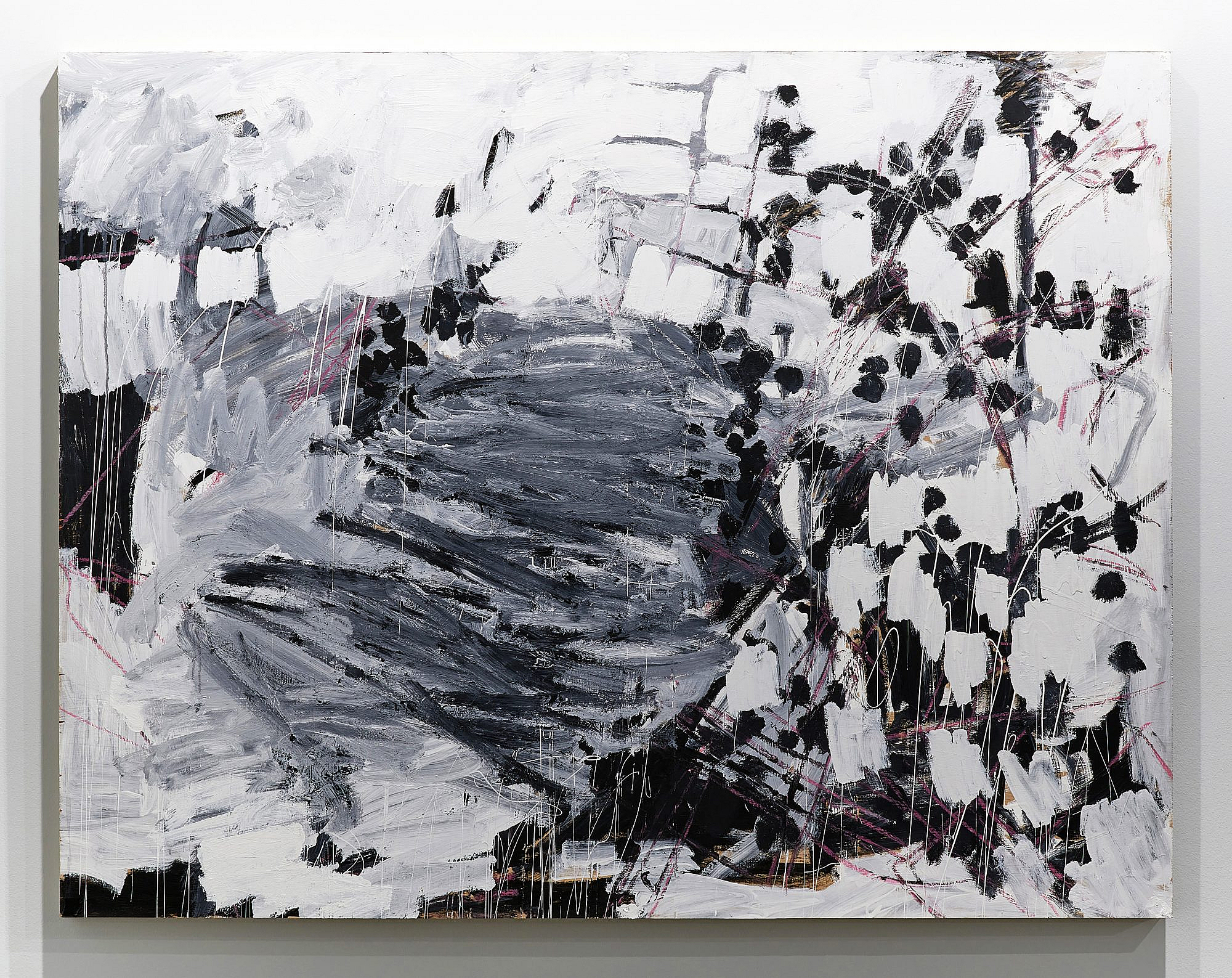
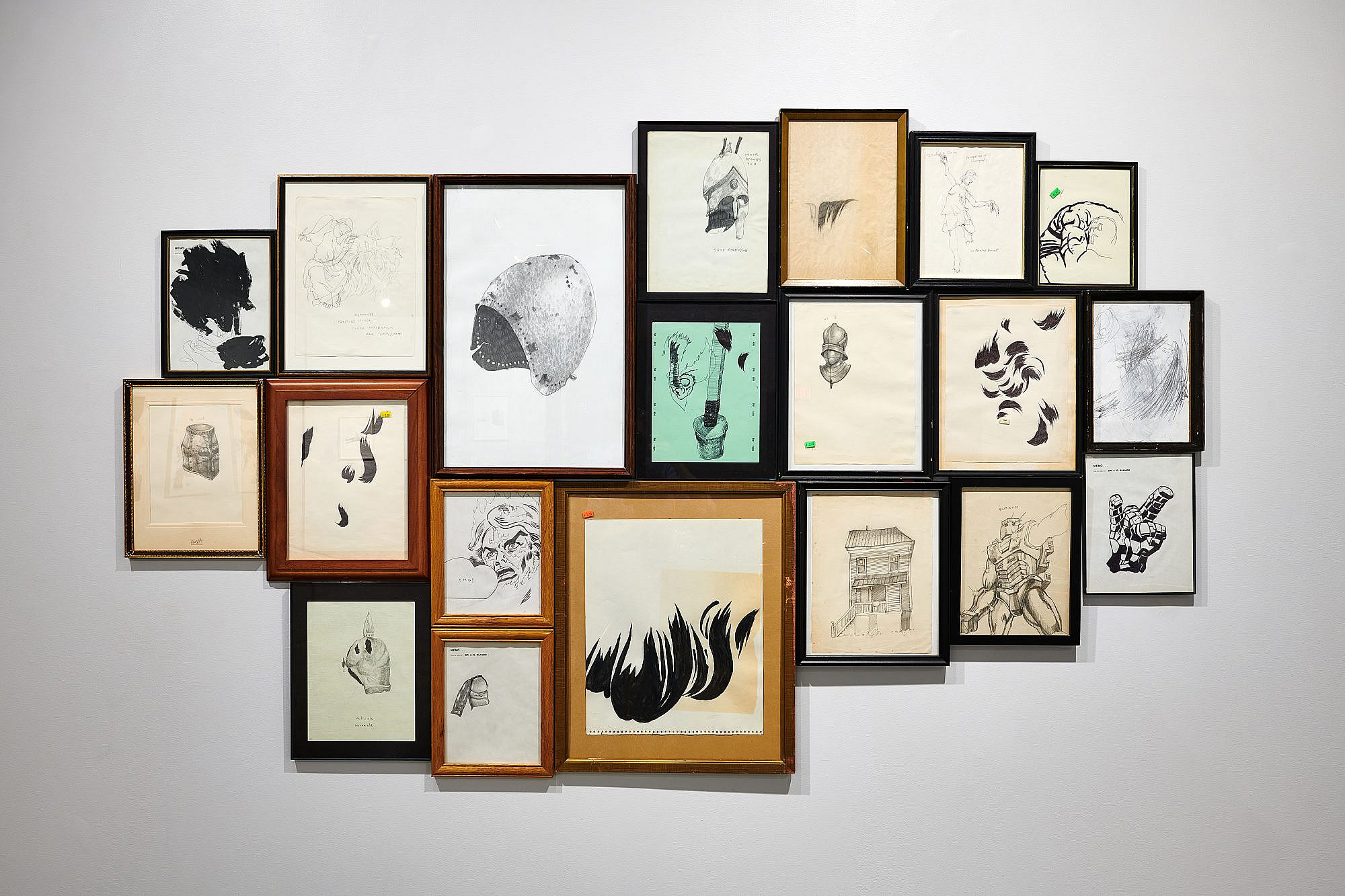
OH: The sculptural element of the show, Reimagining Cerberus, feels like a physical manifestation of a dream. There’s an unsettling quality about it. The intersection of nature and technology represented here illustrates the natural world recontextualized by our manipulations, by our impact. Can you elaborate on what inspired the specific elements of the installation? The work pushes me to think that the human ego is being challenged, was this your intention?
JFA: Definitely! The landscape is based on research of how Durham could look in a post-climate-crisis future. The animal, a real two headed calf mounted by an amazing taxidermist named Aaron Honeycutt, plays a subversion of the hound Cerberus from Greek Mythology. Here, a powerful, benevolent, almost supernatural animal guides the living into a new era or afterlife. It challenges binaries of gender and dominance, and hints at the fantastical, small but powerful, in control yet not controlling. There is an air of the hyper intelligence of non-human nature, of magic, which is something western society has tried for so long to disavow and control.
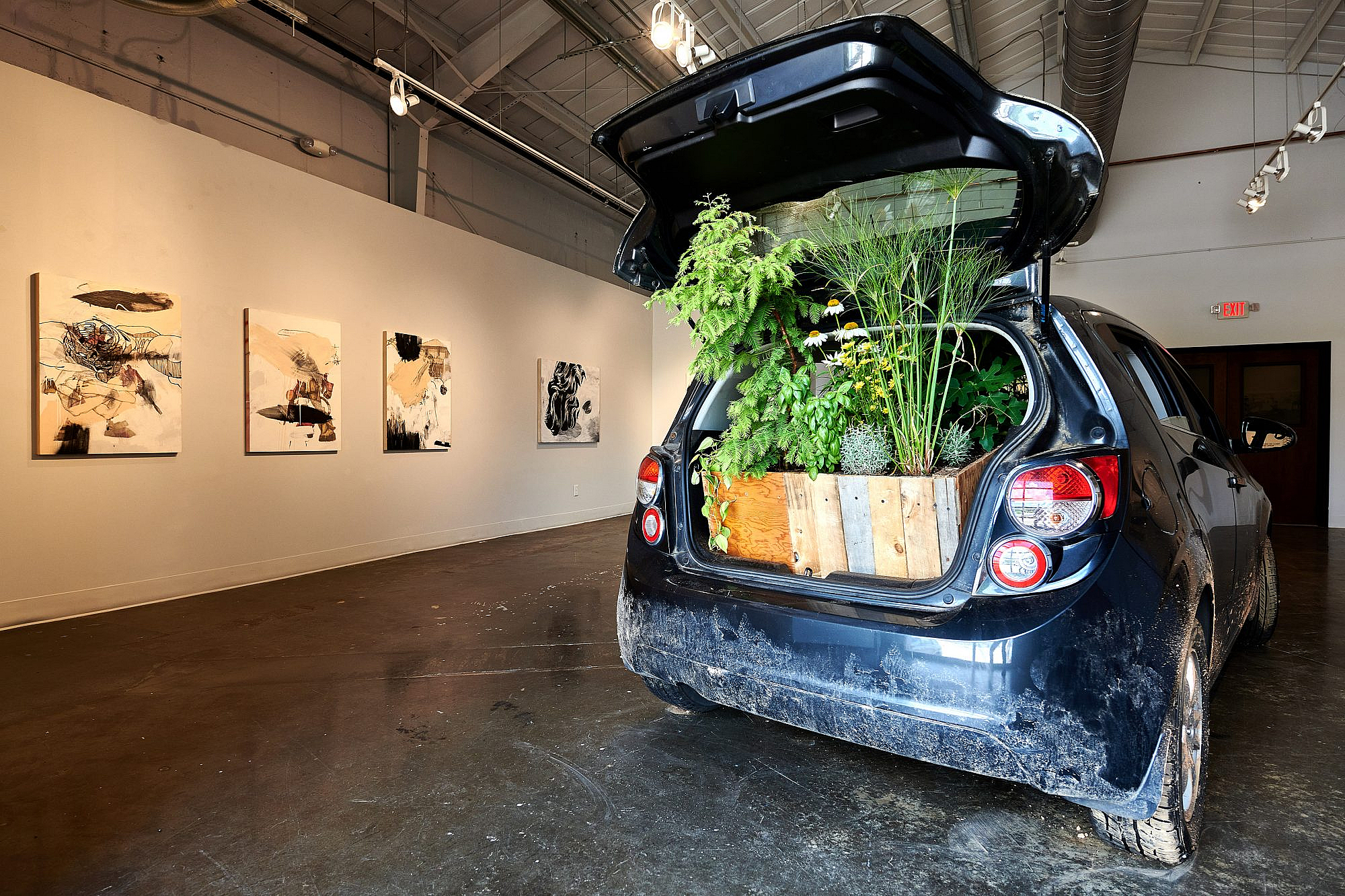
The car is a small economy model used en mass, a cog in society. I want the viewer to be able to recognize it as a part of today’s world. This allows for the calf to be seen more as possibility and metaphor, yet still mythological. The plants in the trunk convey our ultimate reliance on nature. Much of the exhibition’s work considers the culture and systems that have created disconnections which have brought us to the place we’re at. Simultaneously this installation visualizes an interdependent system. The plants are alive and life-giving; medicinal plants, food plants, plants capable of existing in harsh climates, reminding me that if we don’t accept our reliance on nature and nurture, we’ll perish, ultimately. The work looks at the futility of a culture that exists in denial of its own creation, opening a view of how humility can lead to an understanding of interdependence thus into action. It is a cautionary tale, yet also implies that perhaps only by circumstance, by having our ego crushed, will we be able to see and change.
OH: What do you think about our place as artists and our relationship to the world?
JFA: Living in New York City again I’m seeing the scope of types of artists. All pursuing different goals, embracing different purposes and effects. I think for me as an artist, the relationship I want to have with the world is one of acceptance and curiosity. I want to be concerned with continuing to ask questions, but also with working to communicate the realizations I’ve had. I want to awaken people to inquiry as I have been. I think we are communicators, hopefully the things we create make people stop and ask deep questions of truth and their own existence. Something more than simply a market share, something that makes people wonder why we place value the way we do in the first place. I feel like that is what Giacometti, Bradford, Joan Mitchel, Matthew Barney, Bjork, Agnes Martin, and Jack Whitten have all done. Their work comes into being through wrestling and searching, realizing and channeling something greater than themselves. They are conduits for seeking, for trying to exist and convey what existence is to them. That to me is the real shit, that is what I want my relationship as an artist to be with the world. And hopefully along the way I keep learning how to be a better person.
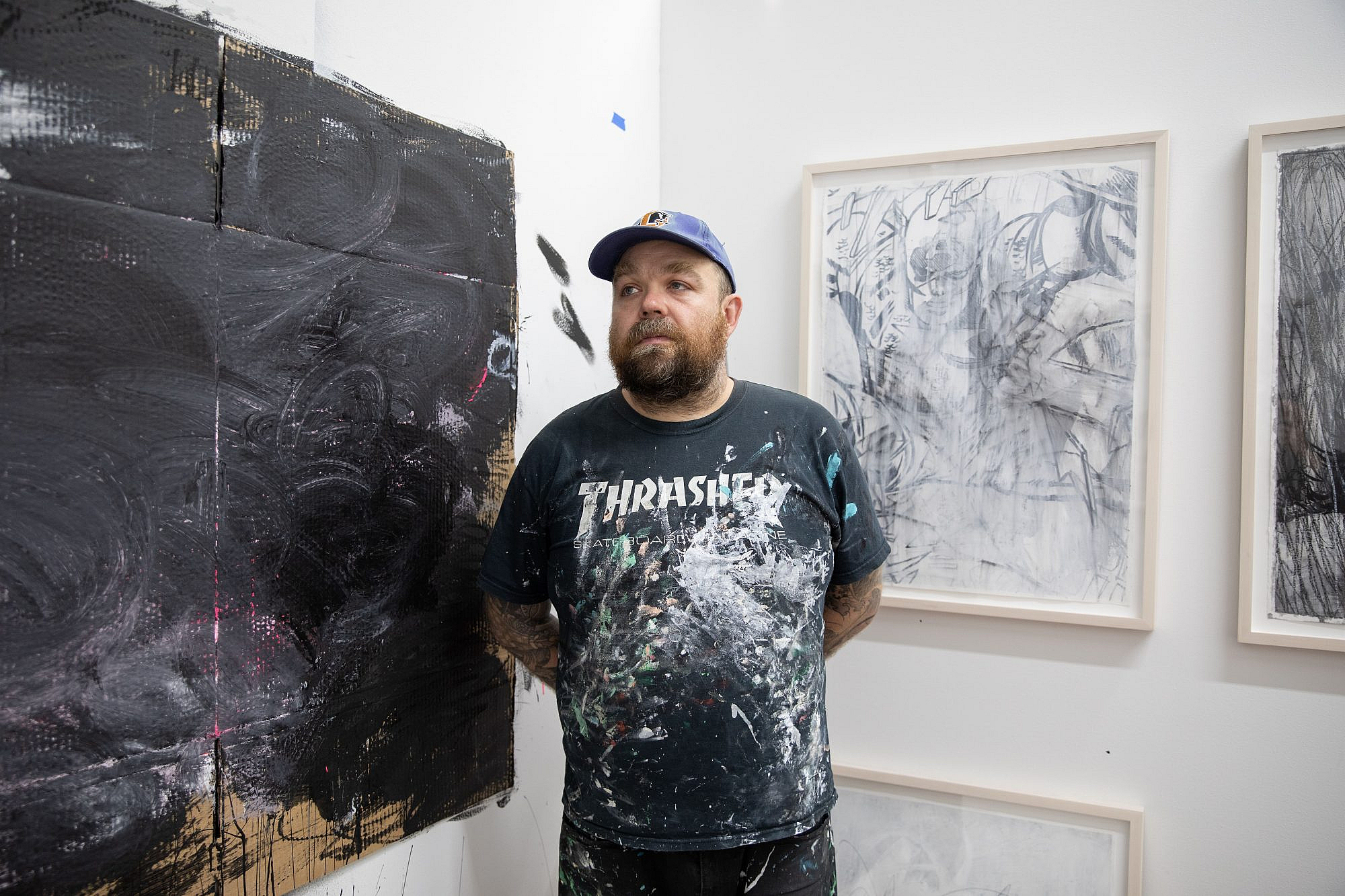
Time as a Sanctuary is installed at The Anchorlight Gallery through August 15th. Closing reception and artist talk is August 15th at 7:00pm.
Anchorlight Gallery
1407 S Bloodworth Street
Raleigh, NC 27610
John Felix Arnold III was born in Durham, NC. He is a Duke University Visiting Artist in Residence, a L.A. Dept. of Cultural Affairs Grant Awardee, a two time Joan Mitchell Grant Nominee, and has shown with SF MOMA, B.R.I.C. Arts, and The Luggage Store Gallery. He lives and works in Brooklyn, NY.
Olivia Huntley is a multidisciplinary artist from North Carolina, now based in Atlanta, Georgia. Writer for Holy Mountain Printing’s WDW3.



